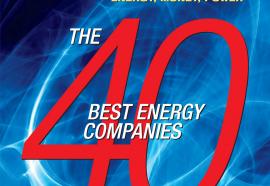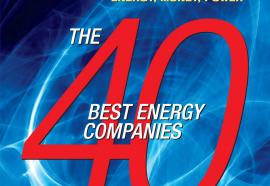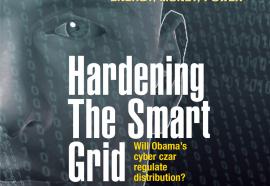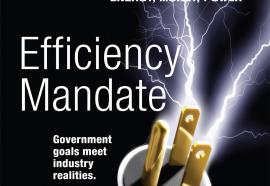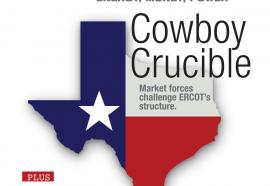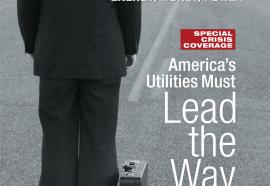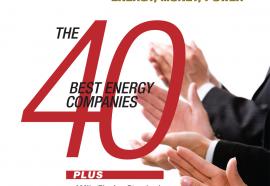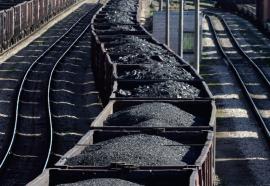RTOs and the Public Interest
Defining the mission when the consumer plays second-fiddle to the needs of the market.
Six months back, when ISO New England was mulling over various reforms that FERC had mandated last fall in Order 719 for the nation’s six regional transmission organizations and independent system operators (RTOs and ISOs are interchangeable terms in this column), the ISO refused point blank to include in its mission statement a proposal by stakeholders that it should operate the bulk power system at the “lowest reasonable cost.”


